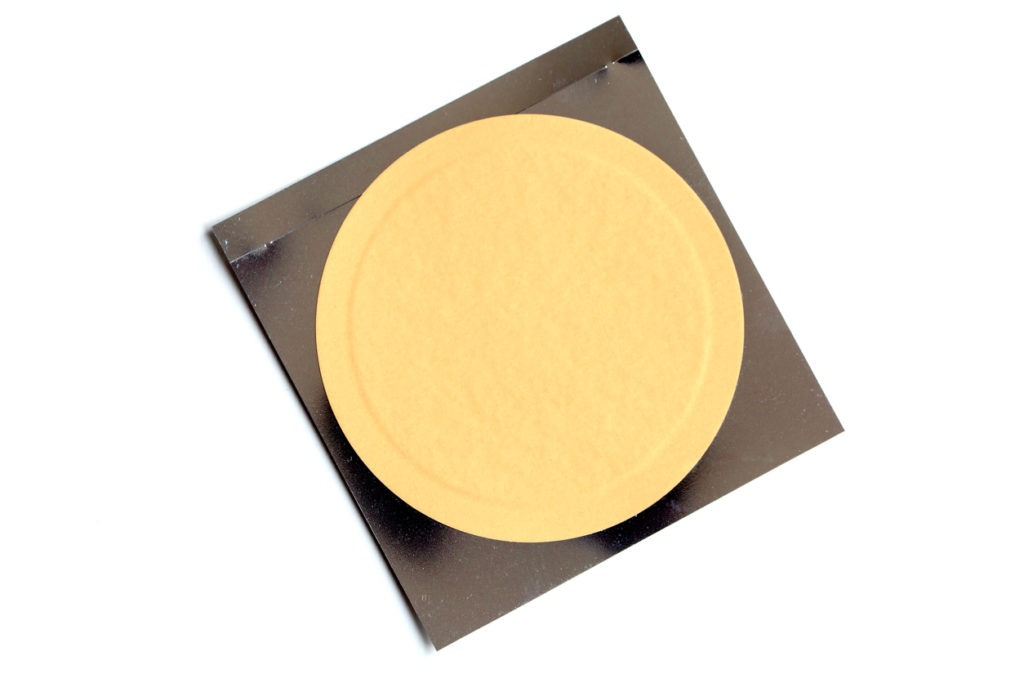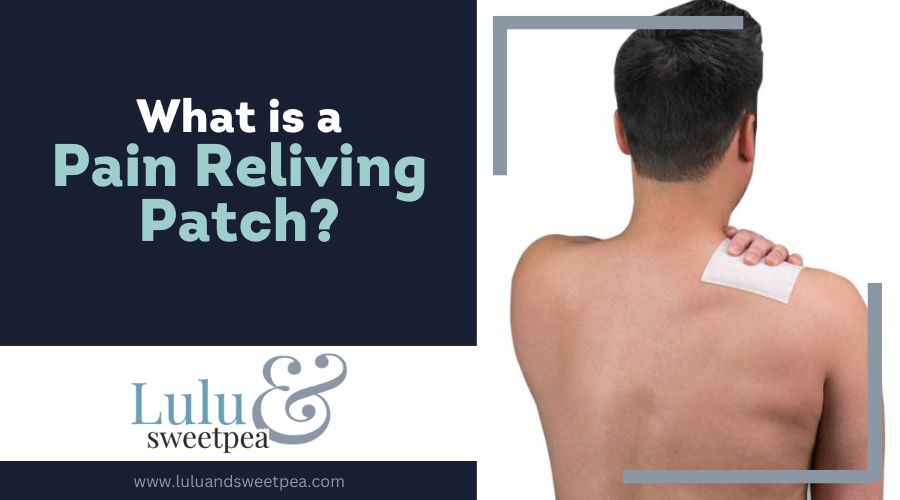Have you ever been in pain and needed someone to help you apply ointment to a spot you’re embarrassed to show? What do you do if you get cramps while in the middle of a hectic day at the office and you cannot see your doctor immediately? People usually panic in such emergencies, which is justified, given the degree of pain that can disrupt your activities. This is where pain-relieving patches come in.
Staying and acting normal when you’re in muscular pain can be difficult, so looking for a good pain relief solution that can give you a quick and long-lasting effect is essential.
What are Pain Relieving Patches?

The main ingredient in most pain-relieving patches is a topical anti-inflammatory. It contains a variety of medications and ingredients that treat inflammation.
The primary purpose of anti-inflammatories is to relieve you from pain by seeping into your skin and relaxing the affected area. Though it can be purchased over the counter, it’s ideal for checking with your healthcare provider before using it.
Pain relief patches are often indicated to relieve mild to moderate pains and aches in the muscles and joints. Usually, it’s recommended for backache, arthritis, strains, and sprains. It’s only indicated for people who are 18 years old and older.
How Do These Patches Work?
As a topical analgesic, pain-relieving patches should only be used externally. Pain relieving patches are transdermal patches, meaning that after the backing is removed, the patch must be applied to the painful area. Then, the medication is absorbed through the skin. It works as it decreases proteins in the joint fluid that cause inflammation.
Prescription Pain Patches
While the most common OTC pain relief patch is made of menthol, methyl salicylate, and other natural ingredients, chronic pain needs a more potent pain reliever than that. This is why there are prescription medications and pain relief patches to accommodate other health conditions. Common prescription pain patches include diclofenac epolamine, lidocaine, and fentanyl.
Diclofenac epolamine (Flector)
For minor injuries like muscle strains and sprains, a healthcare provider may prescribe a patch with diclofenac epolamine. Known by the brand name Flector, it is a non-steroidal anti-inflammatory drug (NSAID) in the same family of medicines as aspirin and ibuprofen. It can be applied in an area of pain if there’s no broken or damaged skin.
A study found that a diclofenac pain relief patch can significantly relieve soft-tissue injuries like sprains, strains, and bruises.
However, this drug may interfere with the effects of other medications or cause drug interactions, so you have to take some precautions. Inform your healthcare provider if you’re using aspirin, anticoagulants, diuretics, beta-blockers, ACE inhibitors, ARB, or digoxin.
Lidocaine (Lidoderm)
Known by the brand name Lidoderm, lidocaine is a prescription pain-relief patch that’s often prescribed for patients suffering from the pain of shingles, which may last for months or years after infection. Lidocaine is a local anesthetic that stops the nerves from sending pain signals. The topical lidocaine 5% patch acts quickly after application, usually in less than four hours. Generally, lidocaine is well-tolerated, other than mild skin reactions at the application site.
Fentanyl (Duragesic)
Also known by its brand name Duragesic, fentanyl is prescribed for severe, chronic pain. It must only be used by patients who can tolerate opioids and those with long-term, severe pain who can’t be treated with other medications.
A study found that fentanyl pain relief patches are as effective as oral morphine in managing cancer pain with few side effects.
When using a fentanyl patch, don’t drink alcohol or take street drugs because it can increase the risk of severe side effects or even death. Tell your doctor about other medications you are taking before using a fentanyl patch to avoid life-threatening interactions.
Fentanyl may cause a severe interaction with drugs such as:
- Benzodiazepines – sedative or depressant medications like Xanax (alprazolam), Valium (diazepam), Klonopin (clonazepam), and Ativan (lorazepam)
- Medications for depression, nausea, and mental illness
- Other pain medications
- Sedatives and tranquilizers
- Muscle relaxants
- Sleeping pills
Is It Safe to Use These Patches?
The pain-relieving patches are meant to provide you with instant but temporary relief. Keep in mind that these patches in no way replace your prescribed medicines. However, because of the ease of use, the pain-relieving patches are popular among old people, working long hours, living alone, or athletes and sportsmen.
The main ingredient in these patches is lidocaine. Some people might get turned off when they hear about the numbing effect of lidocaine. However, in reality, lidocaine used in pain-relieving patches is not harmful – it only provides local numbness to the affected area so that your mind is distracted from the pain. Once your muscles and nerves are relaxed after numbing, the other ingredients in pain-relieving patches go about doing their work to relieve pain.
Though many pain-relief patches don’t require a prescription, it’s not entirely safe for everyone. It’s essential to read the label thoroughly before using the product and consult your doctor or healthcare provider. Medical histories also need to be checked to indicate whether these patches can be safe for you.
People under 18 and those who are pregnant, planning to get pregnant, and breastfeeding must avoid these patches. Pain relief patches are also not recommended for anyone who has these conditions:
- Stomach bleeding – If you have a history of stomach bleeding, you’ll put yourself at risk of it recurring if you use a transdermal pain patch. The risk may be higher for people who take blood thinners, corticosteroids and people over 60 years of age. There may also be interactions with alcohol and oral NSAIDs, like ibuprofen and naproxen.
- Skin irritation and other skin conditions – Topical medications may cause skin irritations or make them worse. If you have sensitive skin or have wounds, rashes, and other skin damage, avoid using patches and choose a different form of pain relief. If you notice skin irritations, stop using the patch immediately.
- Allergies – If you have an allergy to aspirin, NSAIDs, and other topical products, do not use a pain-relieving patch without speaking to your doctor.
- Other diseases – If you have heart disease, high blood pressure, kidney disease, or if you’re taking a diuretic, it’s better not to use a transdermal patch.
Essential Factors to Consider When Buying a Pain Relief Patch
Before you buy a pain relieving patch, here are some of the things you might want to look out for:
Brand
It does not matter whether you are brand conscious or not – when buying any medication, always consider the brand name as it has a reputation attached to it. While medications are great for treating your pain, if poorly made, they won’t be effective or may even aggravate your pain. Always check the brand name and read the leaflet very carefully.
One of the most well-known brands of OTC pain-relieving patches is Salonpas. It’s a household name, and most people say “Salonpas” to refer to a pain relief patch. It’s because it can be really effective. Bengay is another trusted brand – their patches are efficient, and their effects last longer. You can also get Absorbine patches, as this brand is one is tested for many generations.
Responsible pharmaceutical companies list all of the possible side effects of their medicines, along with who can use them and who cannot. Check out for any specific type of allergies, if mentioned.
Patch Test
If you have never used a pain relief patch before, do a patch test on your skin. This will test if you will have any possible skin reactions or allergies.
To do a patch test, cut a small piece of the medicated patch and apply it to any area on your body. The reaction to this patch will tell you if the pain-relieving patch will be suitable for use. If your skin swells or develops an allergy to where the patch was used, stop using it immediately.
Size
Another thing to look for when buying pain-relieving patches is to check the size of the patches. Some of these pain-relieving patches are larger and have to be cut in half to be used. If you need to stock up, go for medium-sized ones that can be used anywhere – your arm, back, thigh, or foot.
Side Effects
This is one of the most important considerations. Never compromise temporary and instant relief over your health. If you are allergic to any ingredient that is used in the pain relief patches, do not compromise. Read the label of the pain-relieving patches carefully, and if you find anything that is unsuitable for you, you are better off without it.
